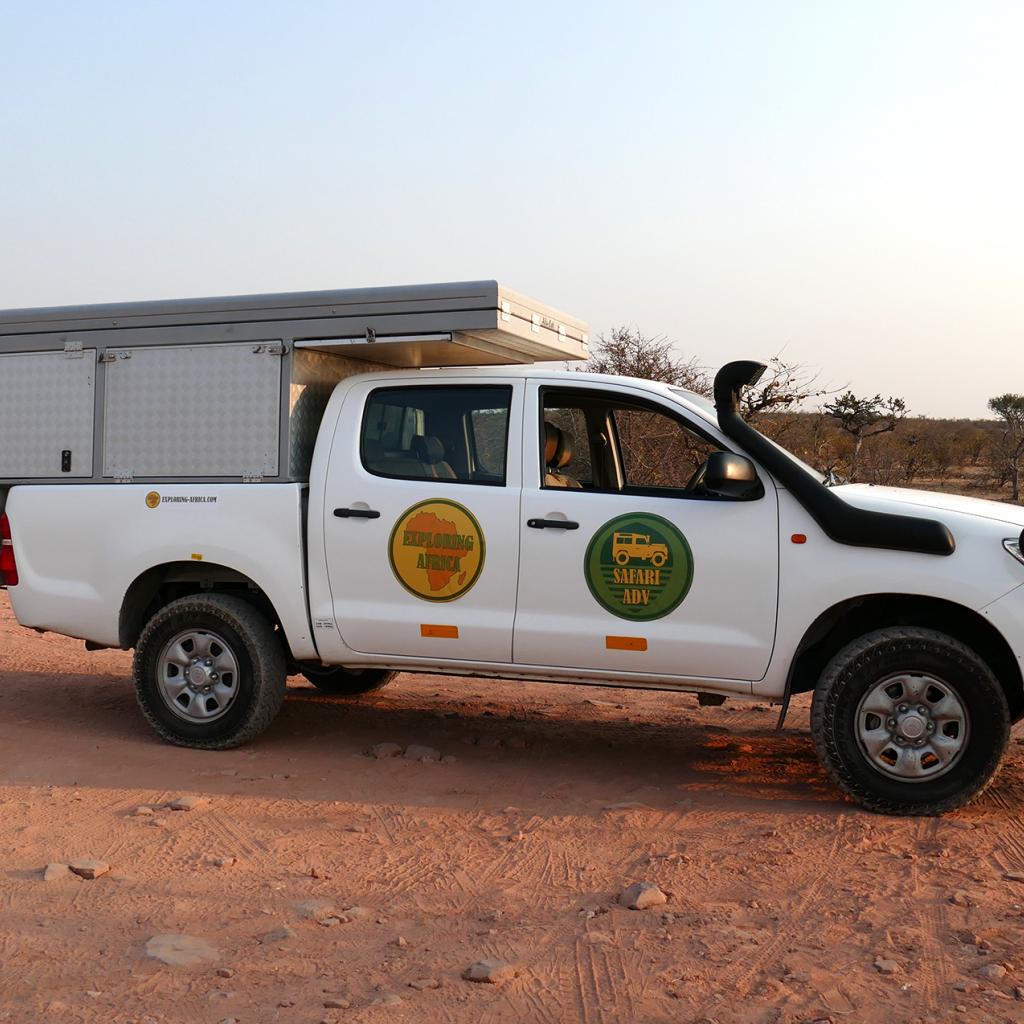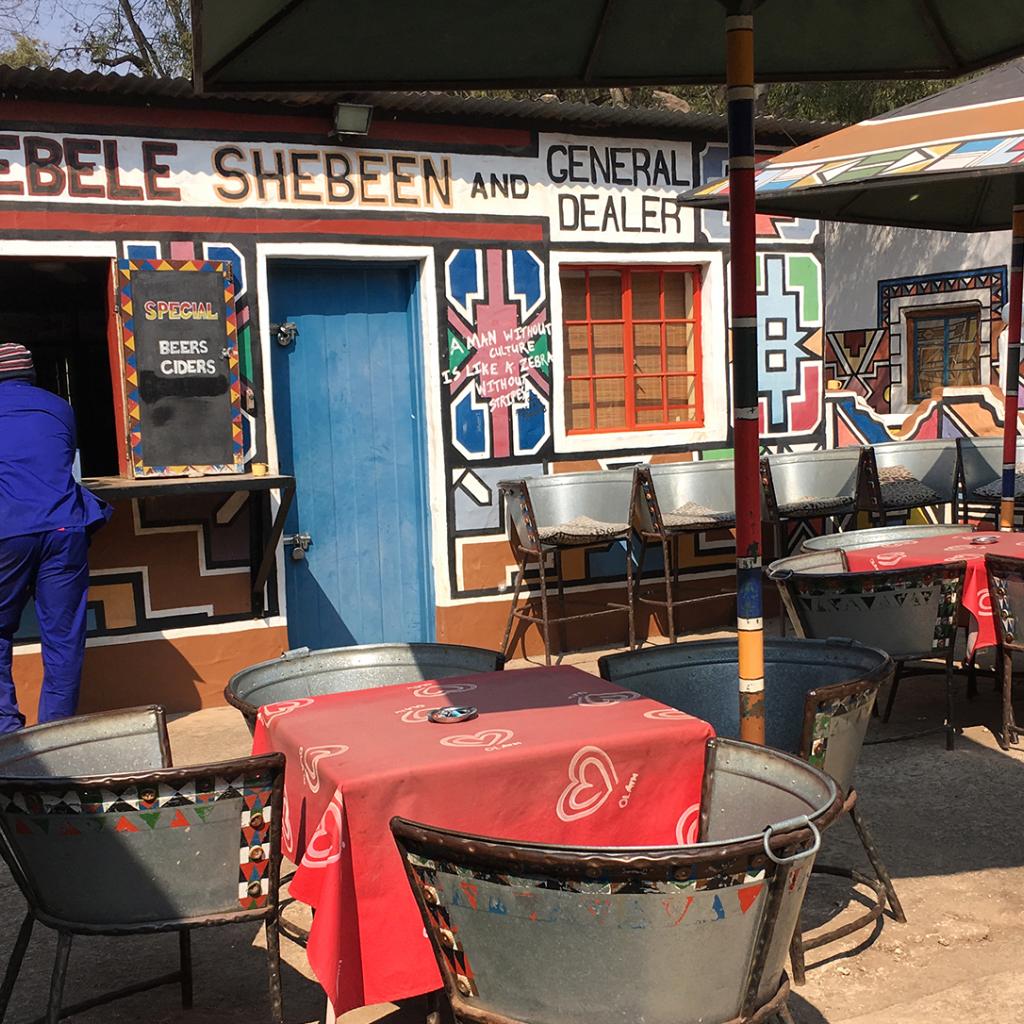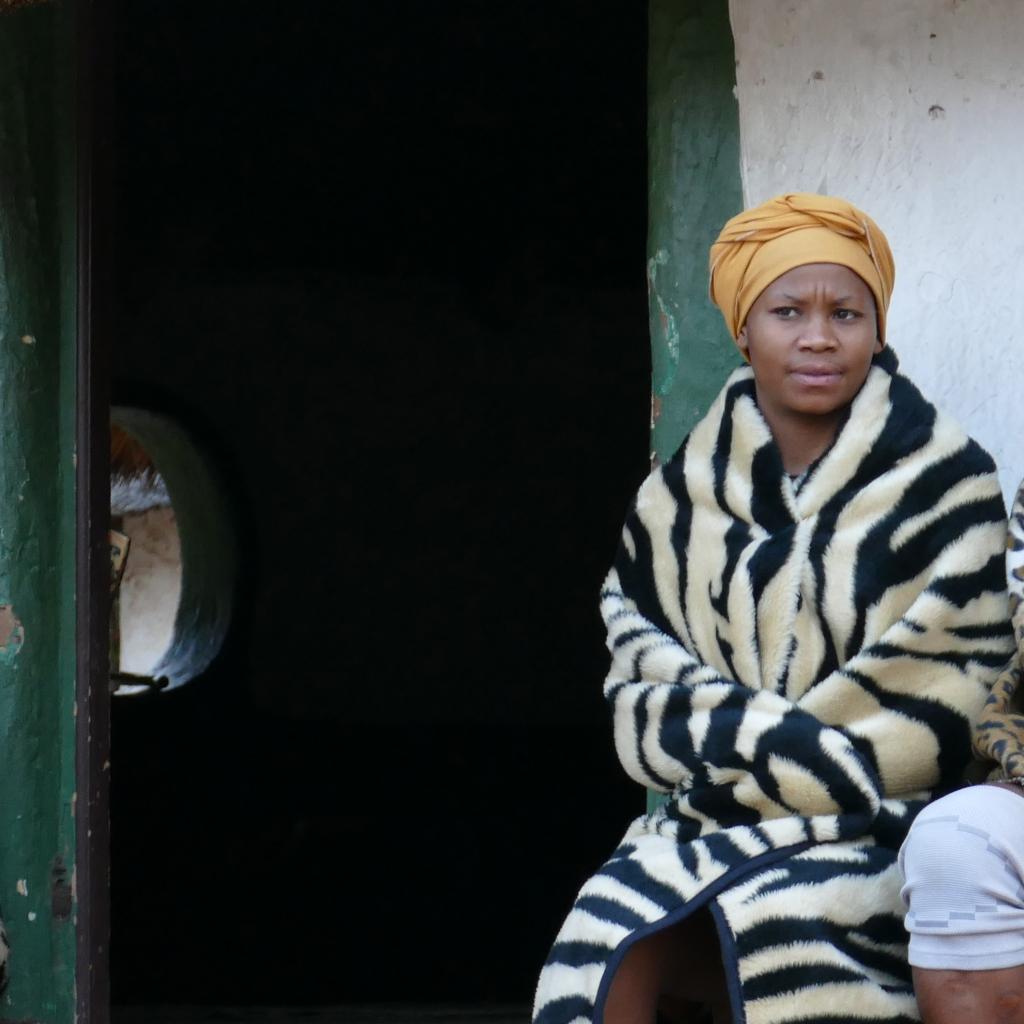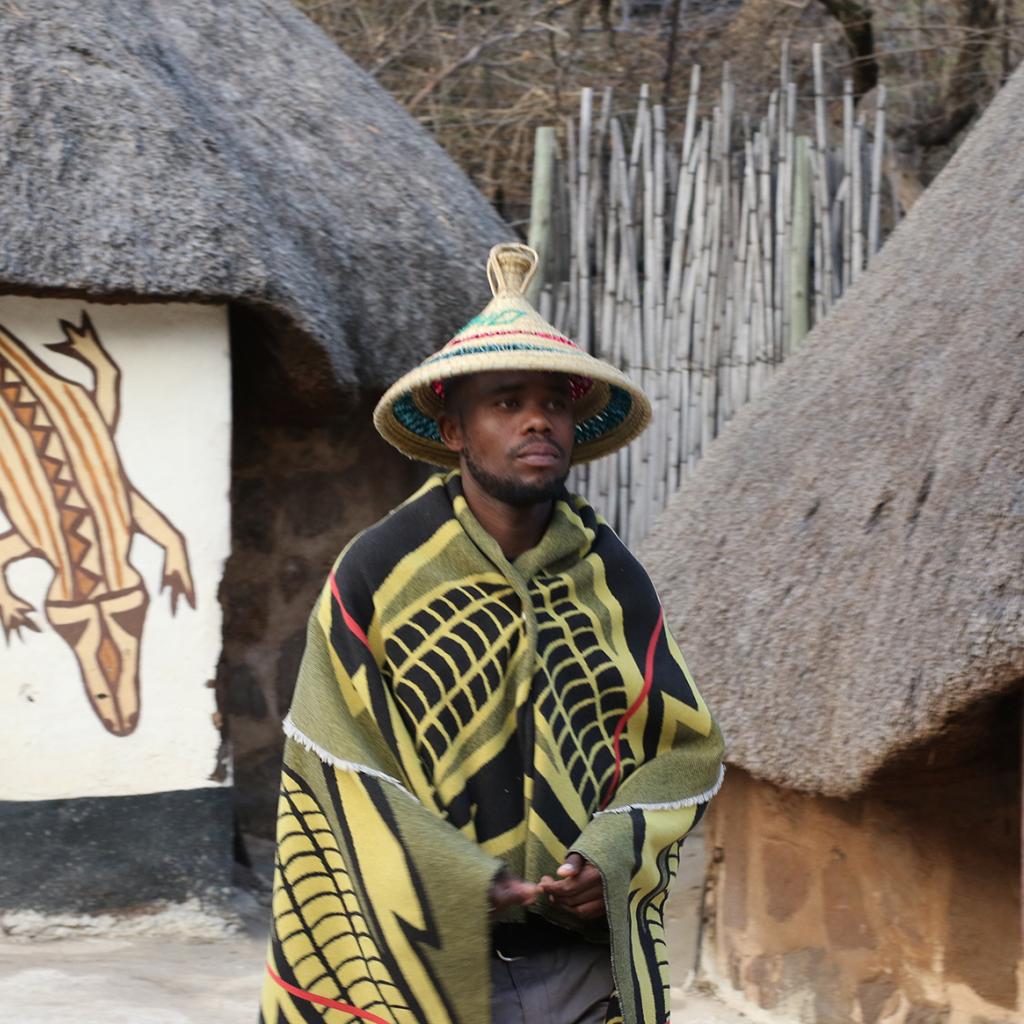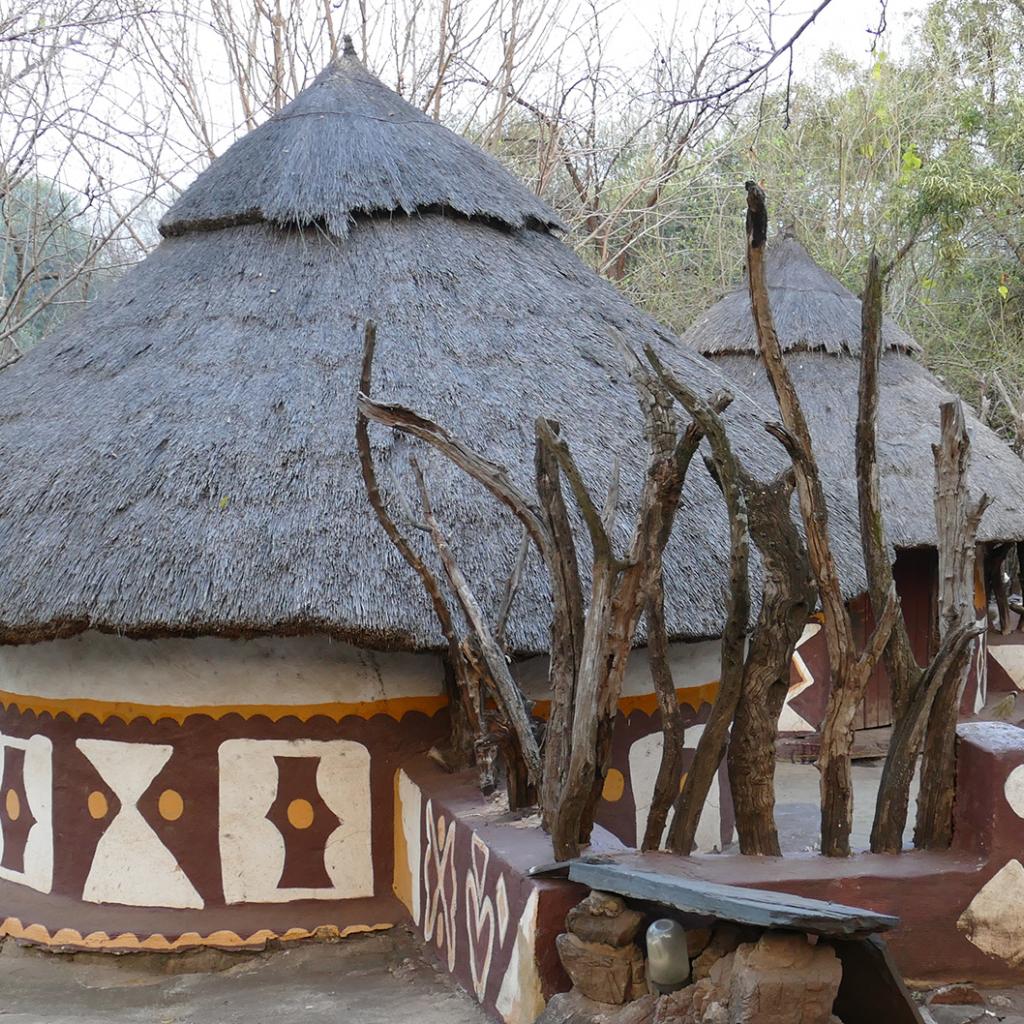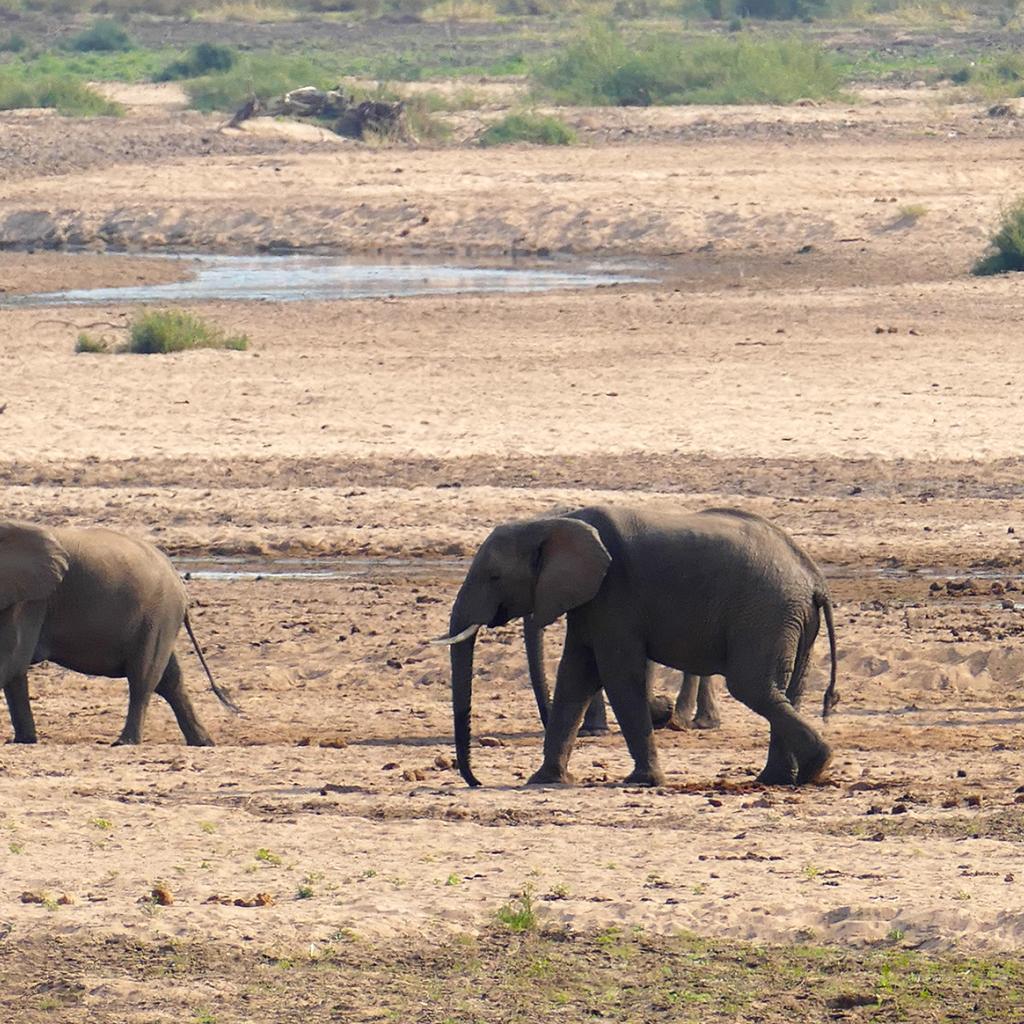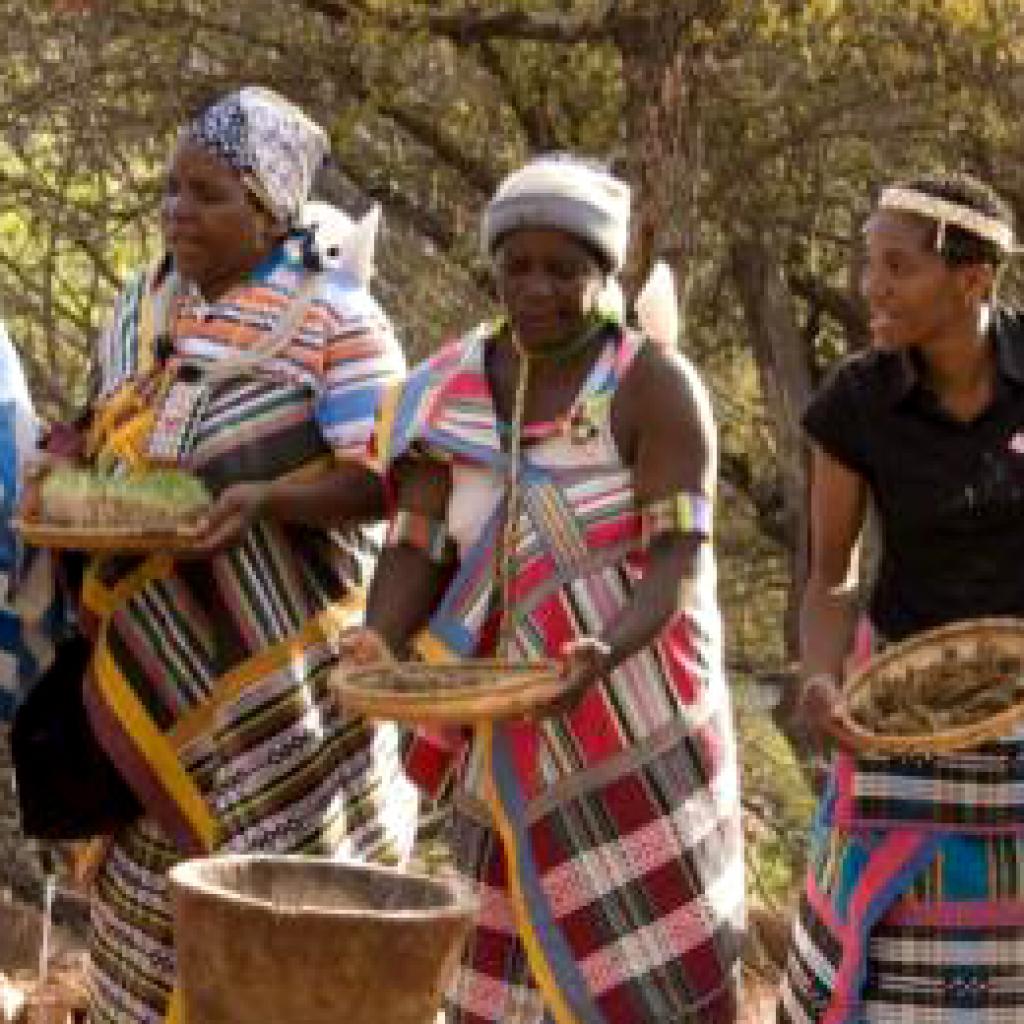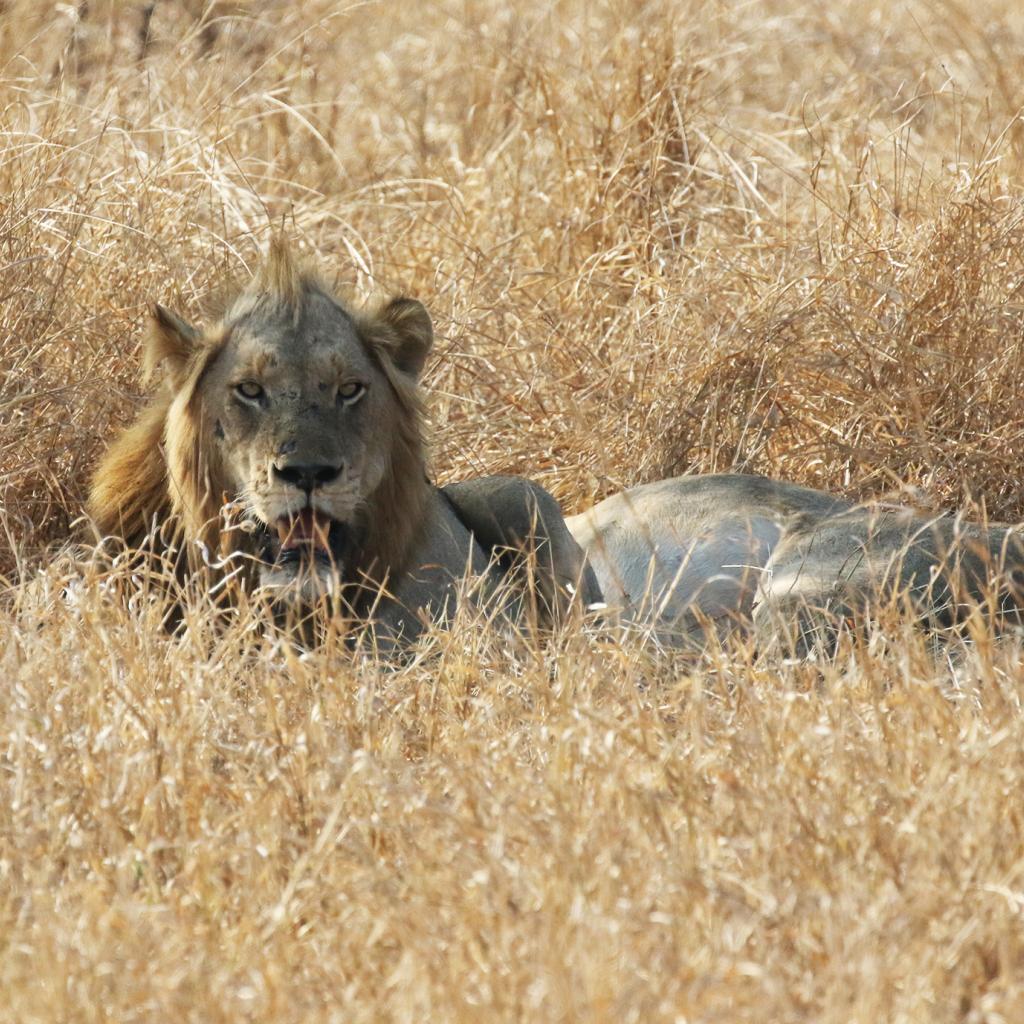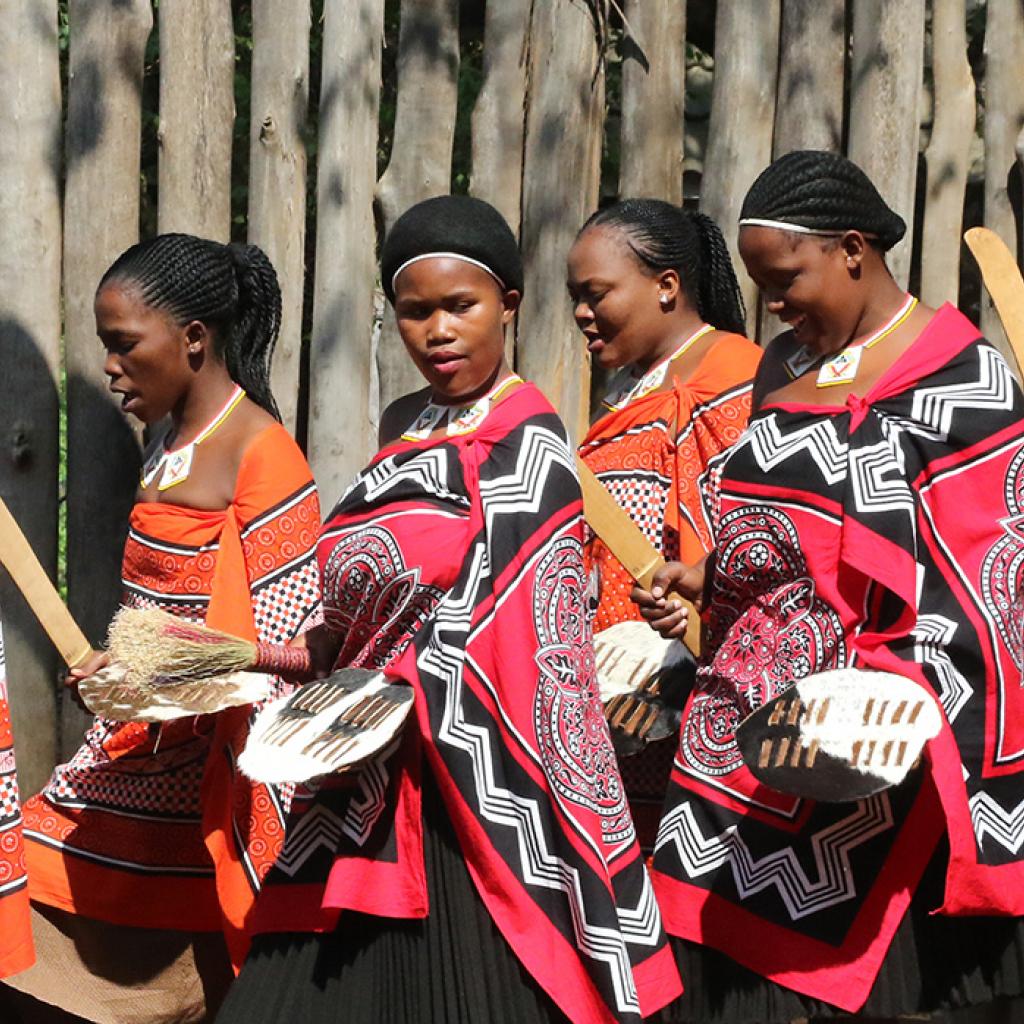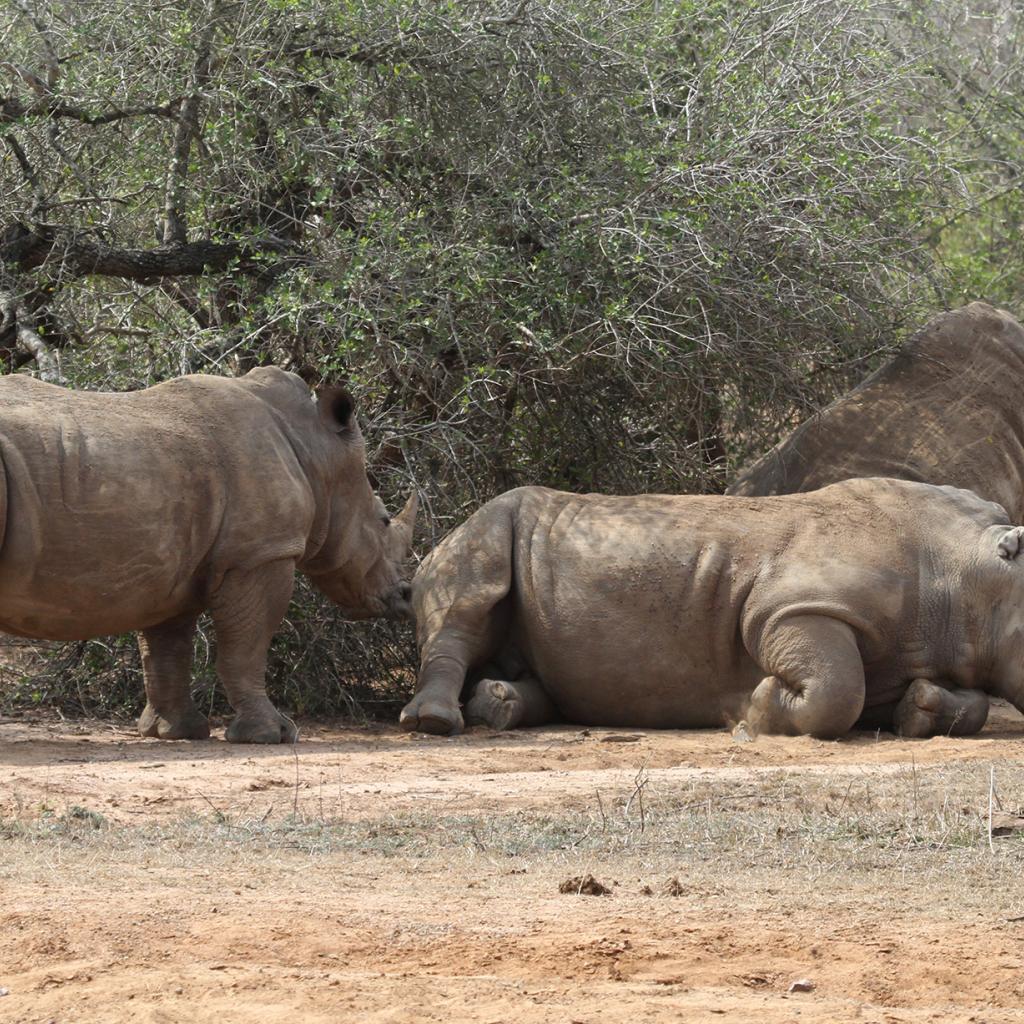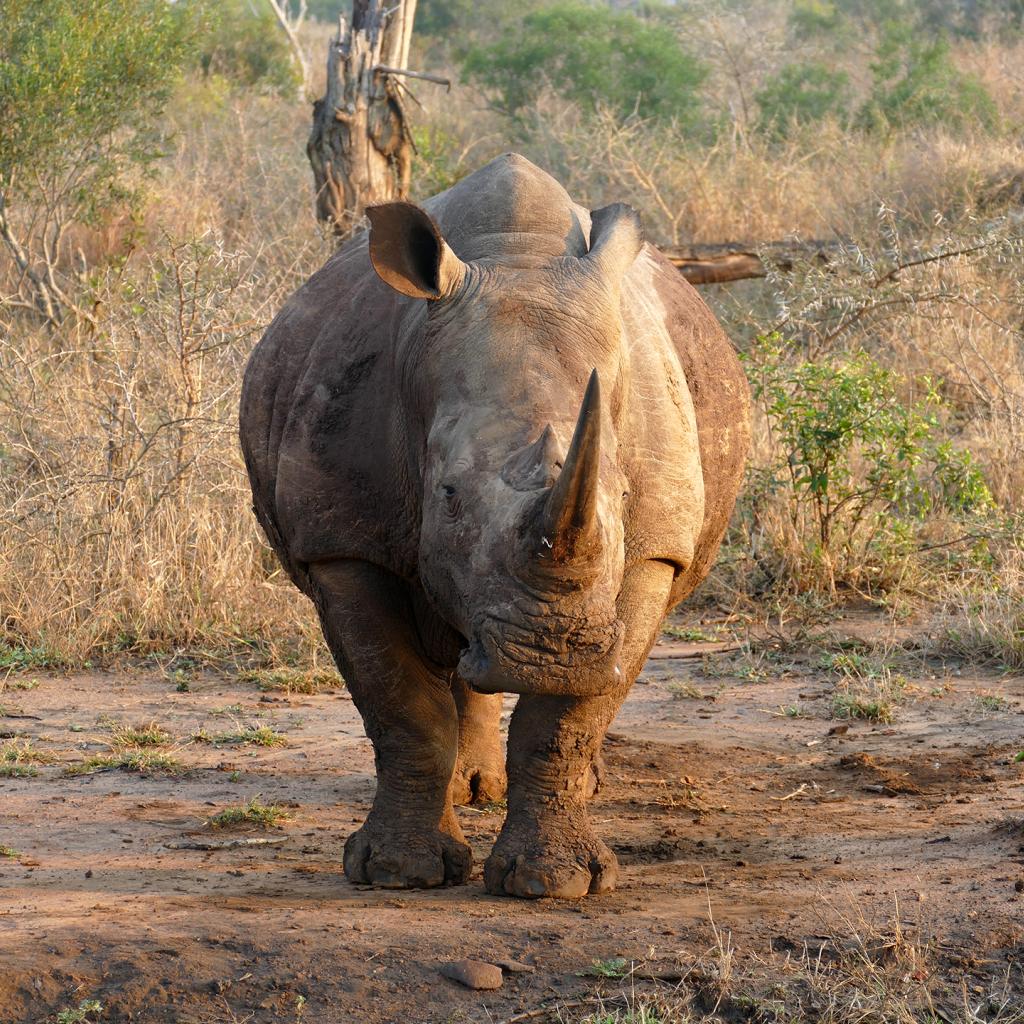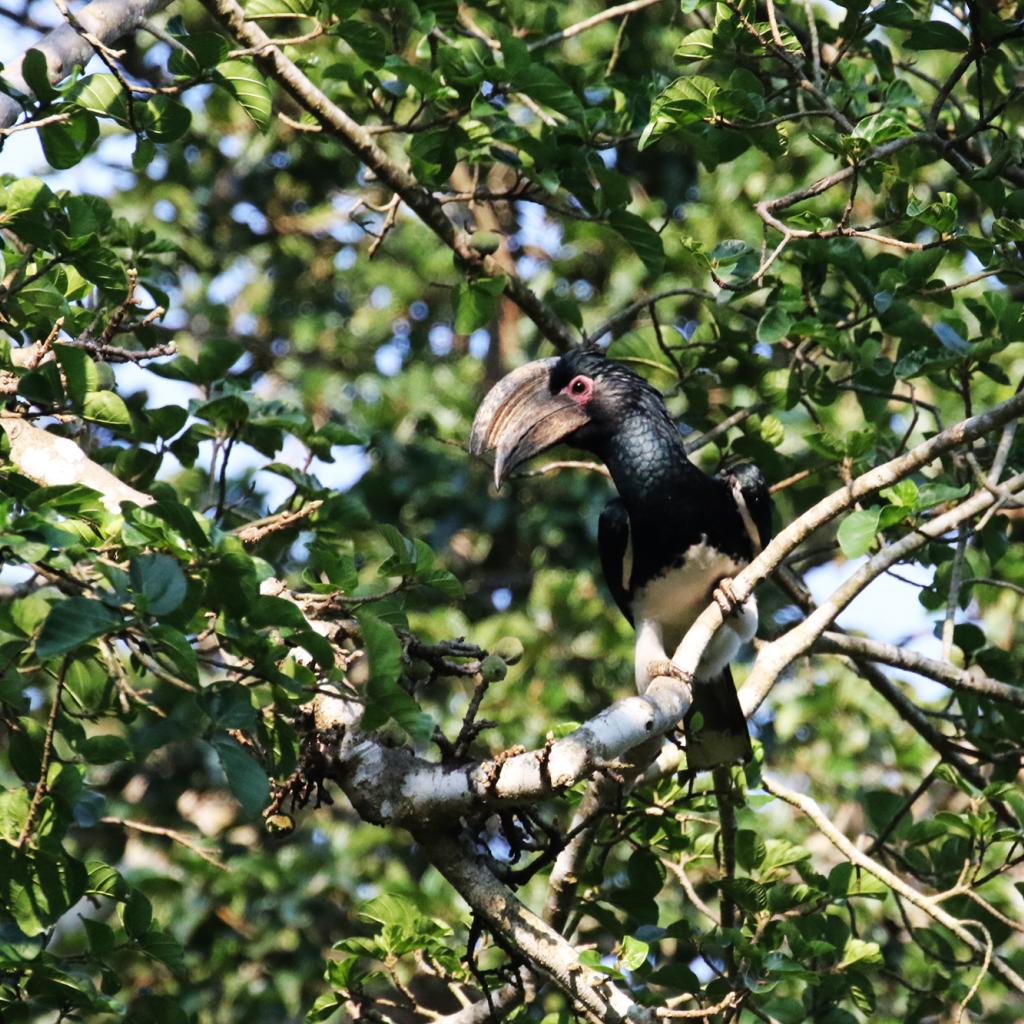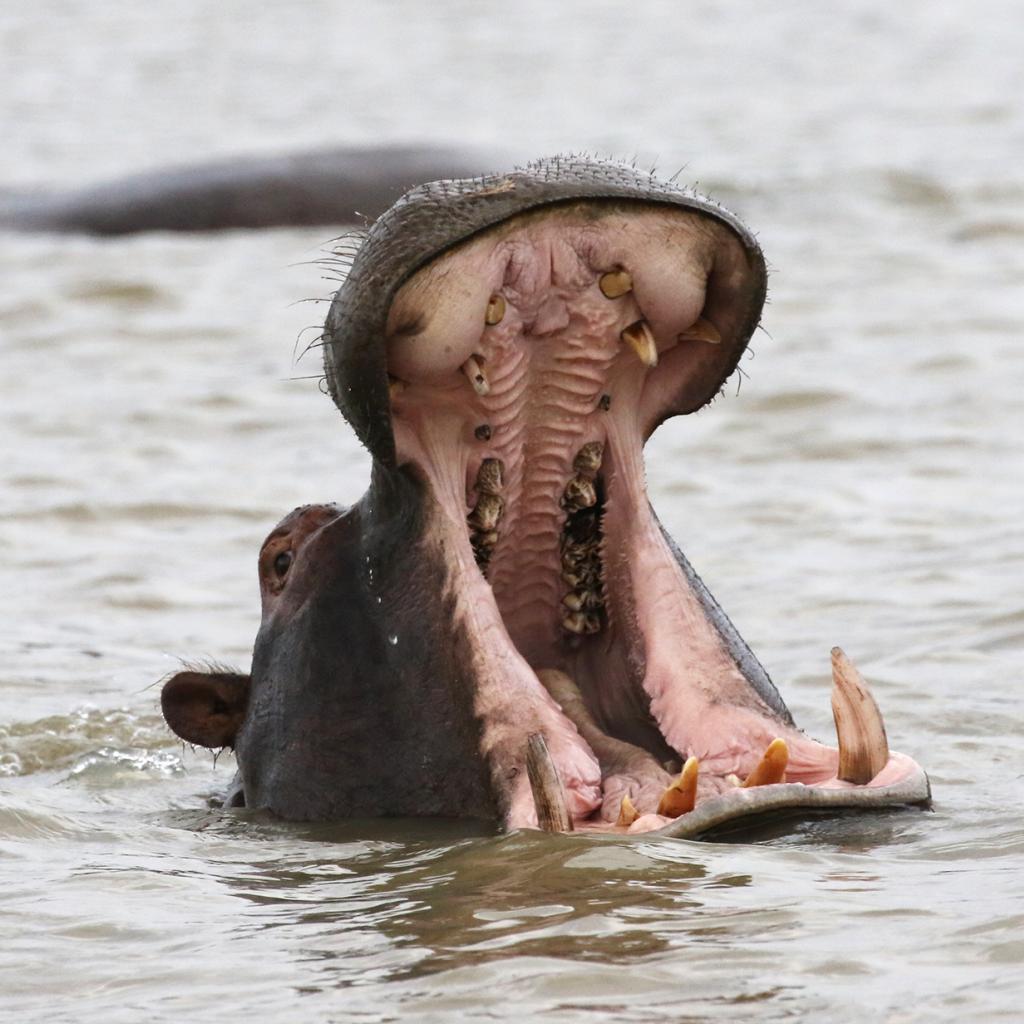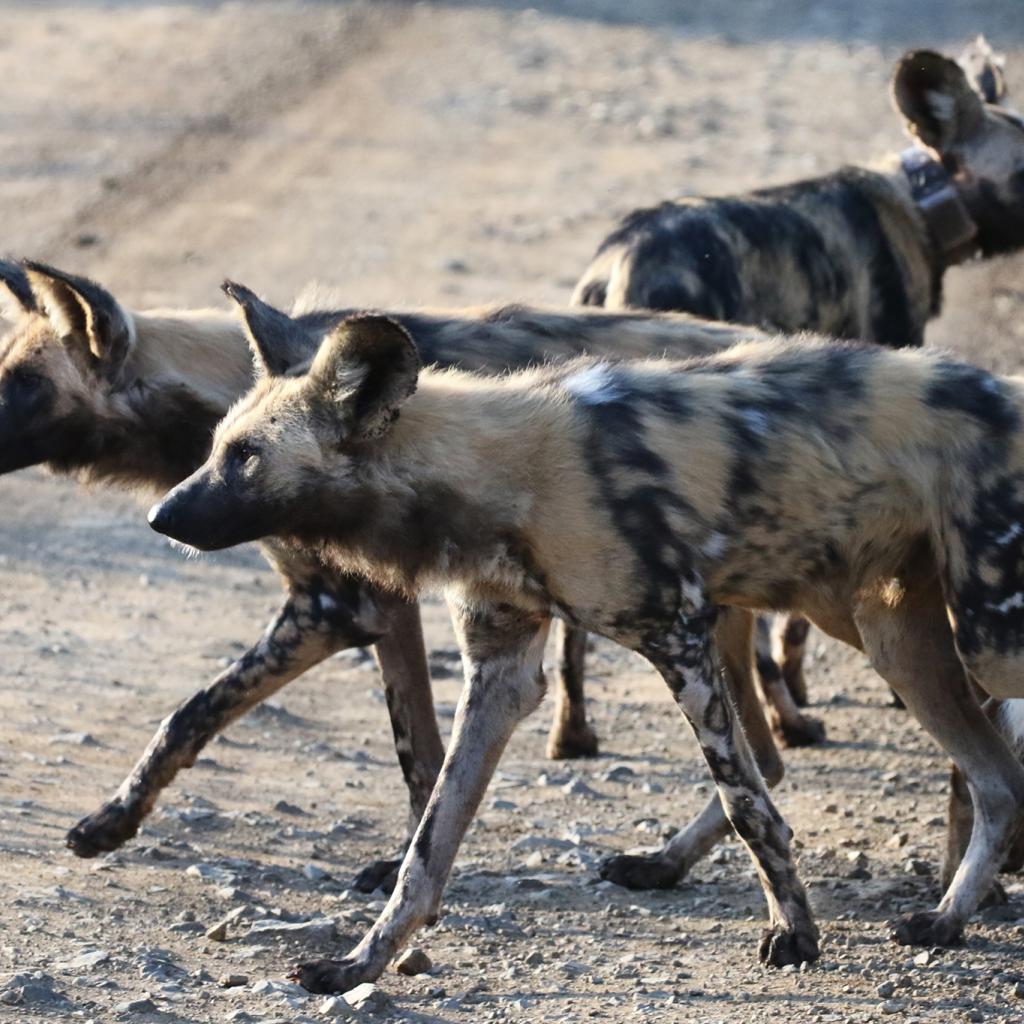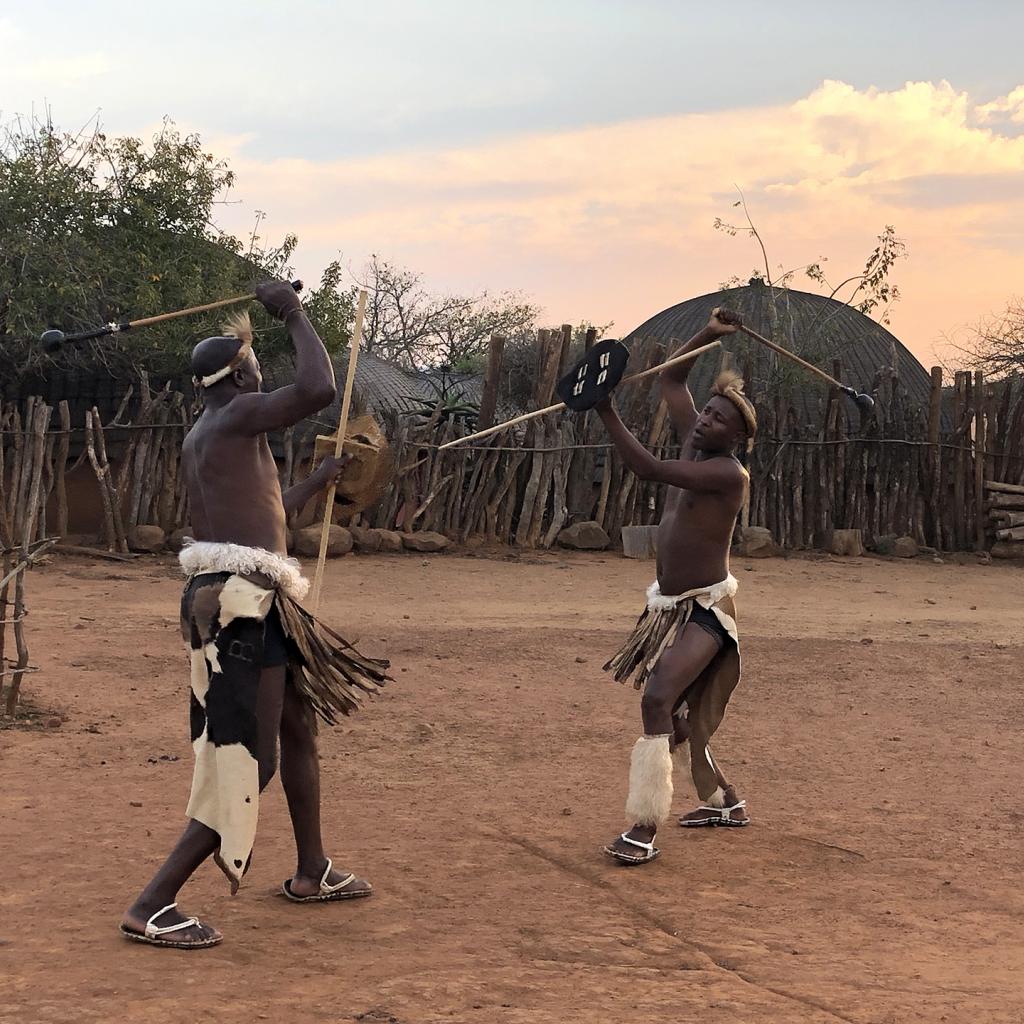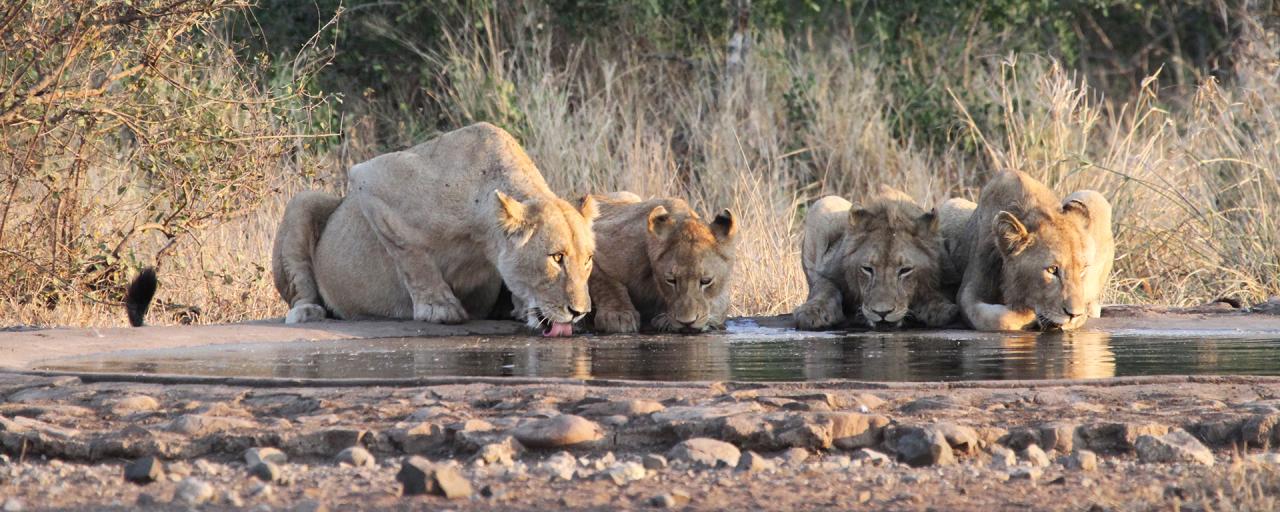
Kruger National Park: Lions - Photo Credits: Romina Facchi
Traveling in Eastern South Africa and Swaziland, itinerary of the journey
South Africa is one of the most popular destinations for nature lovers and it is considered a simple destination, compared to others on the African continent, and still quite cheap, but that offers beautiful landscapes and a wealth of wildlife with few equals.
It is a very vast and very varied country; it is impossible to visit it in one trip; it hosts on its territory numerous national parks and nature reserves, each with different characteristics, with different landscapes and animals, immense and deserted ocean beaches often swept by winds and loved by surfers from around the world, an exciting and very interesting cultural melting pot and lots more.
During our journey we wanted to deepen the knowledge of the Eastern part of South Africa, so we go to the discovery of the Mapunbugwe National Park, the Venda's region, the Kruger National Park, covering it in all its extension and beauty, from North to South, of the iSimangaliso Wetland Park and the Hluhluwe-iMfolozi Park.
We also dedicate a few days to deepen our knowledge of the small kingdom of Swaziland, more and more the king and his people are proving very attentive to the conservation of fauna, an example to follow for many African countries; the state is also investing significant resources to improve and preserve its national parks and wildlife reserves.
The starting point of our journey can only be Johannesburg, where our car is waiting for us, impatient to stretch the tires on the dirt roads.
The first stage of our itinerary is not far from Johannesburg, it is the Cultural Center of Lesedi; in South Africa, unlike other African countries, tribal culture and ancient traditions have been partly lost, in order to discover something more about the indigenous cultures it is necessary to visit the cultural centers and we are here to deepen this knowledge.
Then our journey takes us to the Mapungubwe National Park, in the Limpopo region, in the extreme North-East of the country; this is an interesting area both for its rich heritage of flora and fauna, but above all for its important historical value.
This area was the place where an important kingdom flourished, due to its historical value and archaeological findings, the Mapungubwe was included in the list of World Heritage Sites by UNESCO in 2003.
The region that extends South of the Mapungubwe National Park is the land of Venda, a
mysterious population, rich in traditions, legends and myths, here the landscape is dominated by hills covered with forest and studded with numerous artistic workshops; we cross this area little known by mass tourism trying to discover something more of its population.
Divided between the Limpopo Region and the Mpumalanga Region, the Kruger National Park is the next stage of the journey, we travel along its entire length, entering the North and going South, to admire the different landscapes and ecosystems and go looking for its animals; the North is dominated by the mopane forests, the center famous for its wide savannahs and the South with acacia and sycamore woods and the Sabie river.
The twelve days of exploration of the Kruger National Park allow us to fully enjoy the incredible biodiversity of the park and allow us to spot not only the Big Five, but numerous other animals, both predators and herbivores, both birds and reptiles.
Coming out from the South of the Kruger National Park, through the gate of Malelane, we find ourselves, almost without realizing it, if it were not for the border, in the Kingdom of Swaziland.
This small monarchy is a sovereign state that has maintained and preserved its traditions; the Swazi ethnic group represents about 85% of the population and has remained fiercely independent fighting both against the Zulus and against the Boers, even if it then had to ally with the British, of which they became a protectorate.
Swaziland, that the king has recently renamed eSwatini, ie the land of Swazi, in addition to keeping alive its traditions is committed to the conservation of land and fauna, here the poaching is practically non-existent.
Our trip to Swaziland includes three interesting stops: the first, to get to know better this proud population, takes us to the Cultural Center of Mantenga; from here we move into the Hlane National Park, with its magnificent white rhinos, and finally into the beautiful Mkhaya Game Reserve.
Leaving the Swaziland behind us, we return to South Africa and, precisely, to the Kwa-Zulu Natal Region.
We enter the iSimangaliso Wetland Park, a beautiful park proclaimed World Heritage Site by UNESCO and that protects a huge estuary, the St. Lucia Lake and its coasts up to the border with Mozambique, protects and preserves the ocean waters, in the marine arc in fact, the French-Southern whales come to reproduce.
First we visit the uMkhuze Game Reserve, the region of the park furthest West and furthest from the coast; here elephants, rhinos and beautiful landscapes are open to those who are lucky enough to visit this area.
We then move to the South, in the area of St. Lucia, where we explore both the Western and the Eastern shore of the estuary; a boat trip in the estuary is the best way to observe closely the numerous crocodiles and even more numerous hippos, while from the port of the town of Santa Lucia leave the excursions to the ocean to see the whales.
Game drives are another unmissable activity that gives us emotions; the possibility of seeing rhinos, buffalos and numerous species of antelopes and birds in an ever-changing landscape, alternating savannah with ocean beaches.
Here you can do both daytime safari and safari after the sunset to admire the twilight or nocturnal animals.
Leaving iSimangaliso we head towards another well known park of the Kwa-Zulu Natal Region: the Hluhluwe-iMfolozi Park; a park characterized by an incredible landscape and populated by numerous rhinos, both white and black.
The park has played, and still plays, a fundamental role in the desperate struggle to avoid the extinction of rhinos, a true paradise for these beautiful mammals.
Even the African wild dogs have made this park their home, there are three different packs and, with a bit of luck, you can admire them.
The last leg of our journey is a Zulu cultural village that is committed to preserving the traditions of this proud warrior population and celebrating the legendary king Shaka.
Finally, Johannesburg is waiting for us and, having left our car that will enjoy a well-deserved rest, we are ready for new adventures and trips on the African continent that has stolen our hearts!


